




Quick Links:
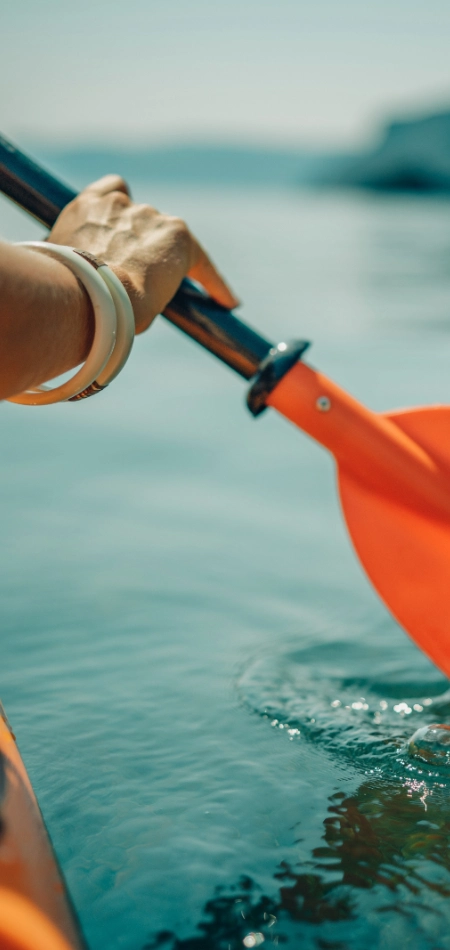
KAUST is committed to ensuring the health and safety of all people who live and work at KAUST. In support of the Health and Safety Policy, these guidelines are provided to promote safe, well-run, and enjoyable recreational kayaking at KAUST and are intended to provide KAUST-specific information to experienced kayakers. Anyone who undertakes recreational kayaking in KAUST must review and follow the requirements of these guidelines.
If you are not an experienced kayaker, refer to the “Supervised Kayaking” section to partner with Coastline in KAUST for a kayaking experience. Please use these guidelines to enjoy a safe recreational experience.

All kayakers must:
Kayaking for Beginners – https://www.youtube.com/watch?v=zT67YPFkqqY
Safety tips for kayaking – https://www.youtube.com/watch?v=JMqG0Mm1xKg
Paddlers under the age of 18 years are required to be supervised by an adult.
All kayaks, equipment, and safety gear must be always in good repair and in optimal working condition. Equipment is subject to maintenance schedule as per manufacturing guidelines and is visually checked prior to each use.
All adult recreational kayakers (not visitors or minors) must be registered by sending an email requesting to be added to the recreational kayaker members list at hse@kaust.edu.sa.
The registration system does not license or approve a recreational kayaker, and kayakers who have requested registration through email should not expect a reply before they can kayak. Instead, it is a communication mechanism that will keep kayakers updated about any changes to the guidelines or other related information.
Kayaks suitable for recreational activities in KAUST have the following features:
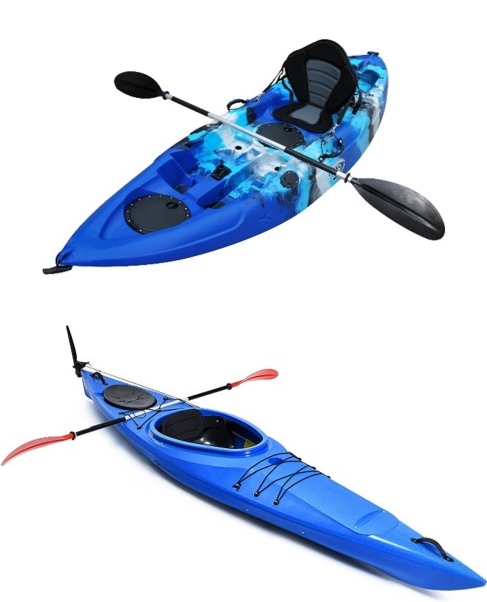
Life jackets also called Personal Flotation Device (PFD) must be always worn while in the kayak and must not be removed until back on dry land. Life jackets must be approved and of an appropriate size for the wearer and properly adjusted and appropriate for the activity. Life Jackets are subject to a visual check prior to every use. Damaged PFD’s should not be used.

A too-large PFD can slip off the wearer, and a too-small PFD may not offer enough buoyancy to keep the wearer afloat. Always check and follow the manufacturer’s labeling that details the size and weight the jacket is intended to fit. A PFD comes in various types:
Best for open, rough, or remote water. Will turn MOST unconscious wearers face-up in the water.
It provides a minimum buoyancy of 22 lbs. (10kg) for adults and 11 lbs (5kg) for child size.

Suitable for protected inland water near the shore.
It provides a minimum buoyancy of 15.5 lbs. (7kg) for adult size.
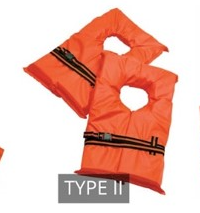
Suitable for protected inland water near the shore.
It provides a minimum buoyancy of 15.5 lbs. (7kg) for adult size.
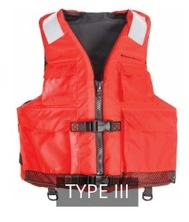
These PFDs are NOT wearable. Type IV is designed to be thrown to an overboard victim or to supplement a person’s buoyancy overboard.
It provides a minimum buoyancy of 16.5 lbs. (7.5kg) for a ring buoy or 18 lbs. (8kg) for a boat cushion. A Type IV is not for unconscious persons, non-swimmers, or children.
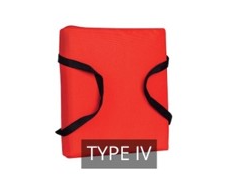
They are restricted to the particular use for which each is designed, for example, sailboard harness, deck suit, paddling vest, commercial white water vest, or float coats.
They are optimized for kayak rescue vests, sailing harnesses, or deck suits.
It provides a minimum buoyancy of 15.5 lbs. (7kg) to 22 lbs. (10kg) for adult size.
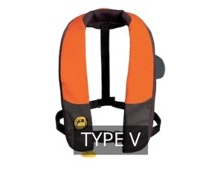
The following points should be considered for a paddle:
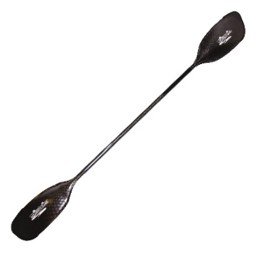
Carry a whistle for the purpose of attracting attention, raising an alarm or identifying your position. Secure it to the front of the PFD using a short lanyard.

Carry a mobile phone (in a waterproof bag or container) as a means of communication. Ensure the mobile battery is fully charged.
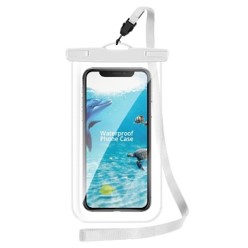
It is recommended to carry a small personal first aid kit in a waterproof container or bag.
Items list:
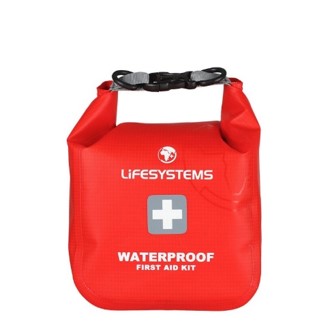
Using a paddle leash will help prevent you from being separated from your paddle if you capsize. If you do end up in the water, stay with your craft as it will be easier for rescuers to see you.
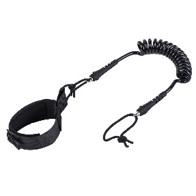
Proper planning is necessary to ensure a safe and enjoyable kayaking experience. The best timing for Kayaking in KAUST is from sunrise till 2 pm with no restricted visibility.
It’s very important to know about the likely weather and water conditions before you start your activity and if in doubt don’t go out. Before your kayaking journey check the weather forecast for the area:
KAUST Weather– https://hse.brackets-tech.com/services/weather-now
KAUST weather stations provide the exceptional value of being located within KAUST
and as such providing a local weather data.
Be aware of wind speeds, and at 22 km/h and above, caution should be taken. Do not kayak when wind speeds are at 28 km/h and above.
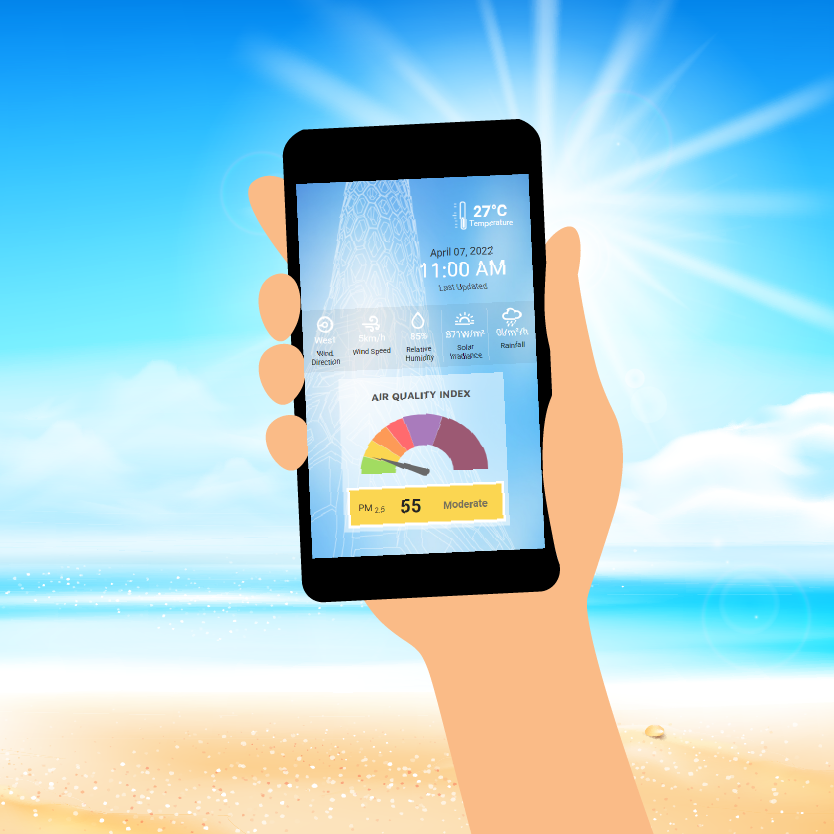
Eye protection (UV protection) from solar radiation is essential to avoid eye damage. Sunglasses should be chosen for the protection they provide against UV radiation. Wear a hat and use regular broad spectrum protection waterproof sunscreen (SPF 50+) on all exposed areas of the body. It is recommended to wear lightweight, light-colored clothing with a UV protection factor.
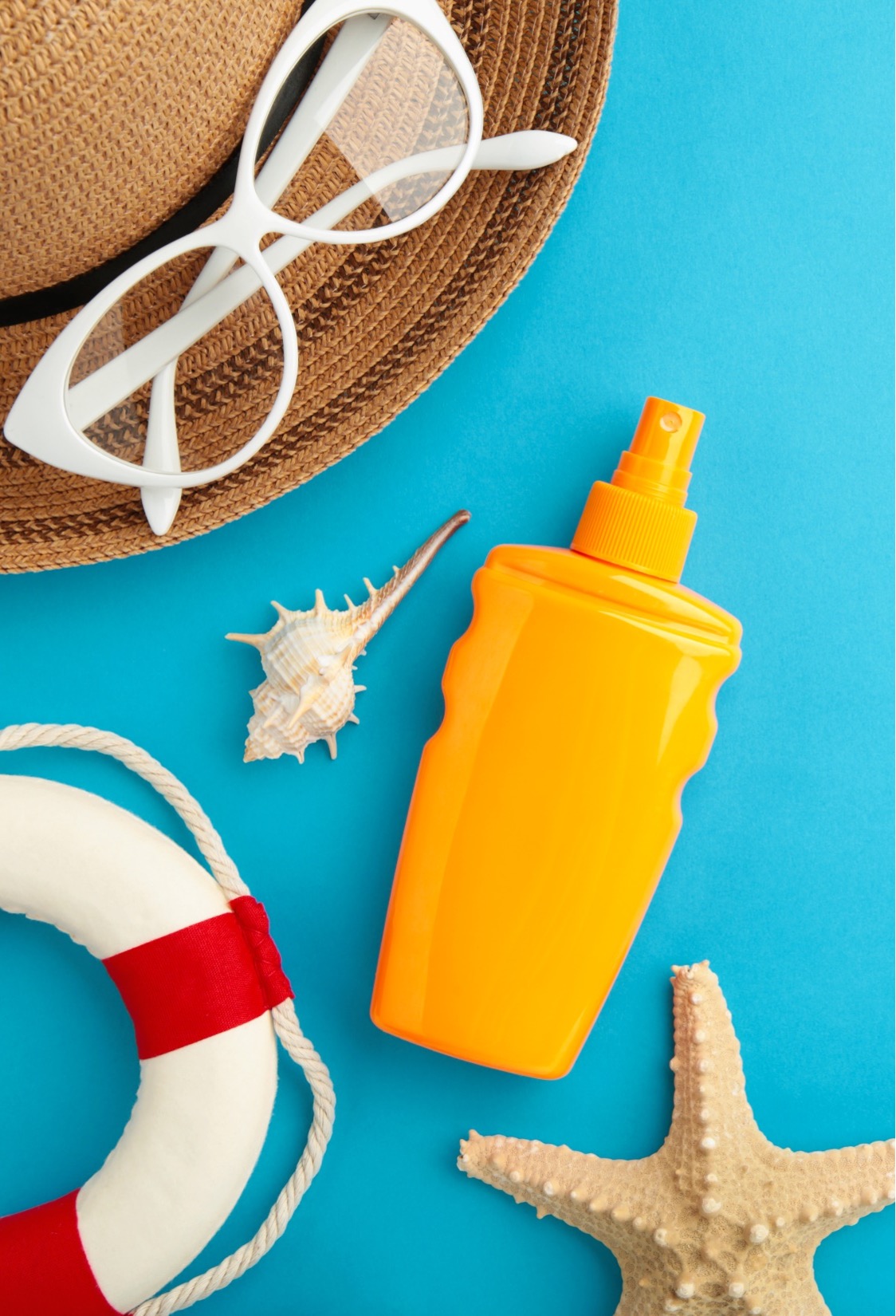
Observe navigation signage– Buoys or marks are marine traffic signals that are used for warnings. You should understand and recognize these signs and operate within the marked channels. Generally, avoid channels used by larger boats. Avoid collision with motorboats by keeping a sharp lookout.

Kayaking during the hot, summer months, can lead to heat-related illnesses such as dehydration, heat exhaustion and heat stroke. It is important that you know the signs of heat-related illnesses and the precautions to take. Make sure you have plenty of fresh drinking water with you. Drinking regularly will help prevent dehydration.
Overloading your kayak reduces stability making it more likely to capsize. Follow the manufacturer’s guidelines for the recommended weight capacity. An overloaded and unevenly loaded kayak with unsecured loads is unstable and dangerous.
It is important to be clearly visible while on the water. A kayak is generally smaller than other vessels and sits lower in the water, making them difficult to see. Wear bright, noticeable clothing. Also, do not kayak from dusk to dawn when it is dark causing low visibility for the kayaker and others in the water.
A float plan is an essential part of kayaking. It is recommended to share a float plan with a point of contact in KAUST. The point of contact should contact KAUST emergency if you don’t return at the expected return time, and they cannot reach you on your mobile number.
A float plan includes:
All kayakers must stay within the marked areas on the map at all times. When you see the landmarks, as indicated on the map, recognize that you are at the KAUST barrier for recreational kayaking and should not proceed further.
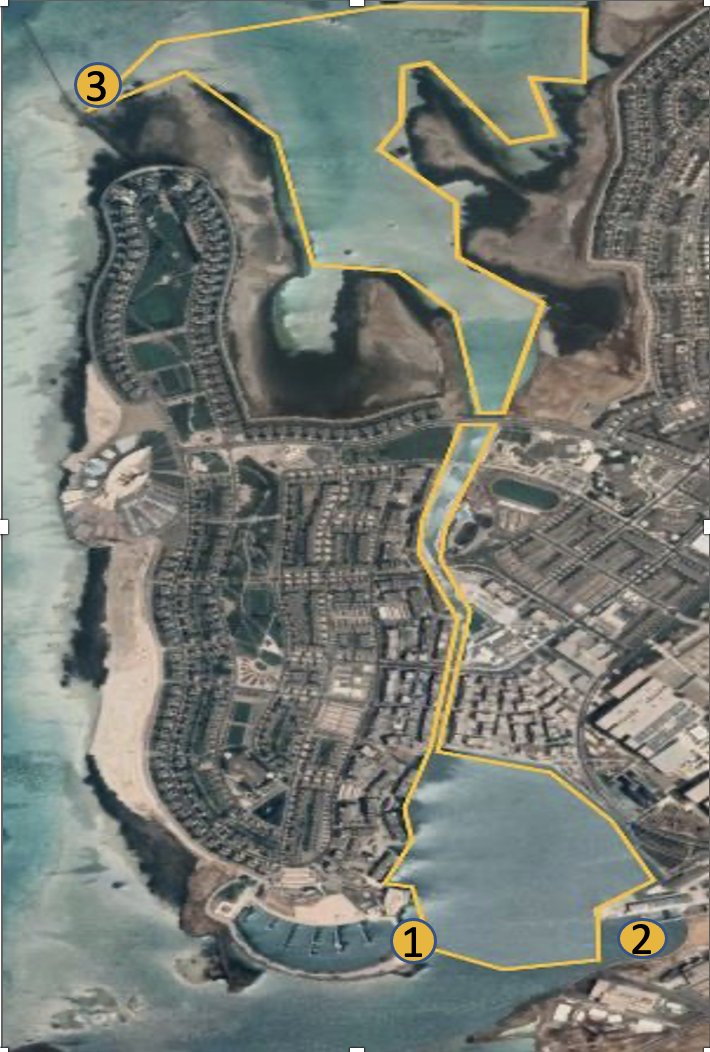
KAUST harbor has color-coded marker buoys, the red and green navigation markers indicate port and starboard so the boats know that they must stay between these marks (as shown by yellow arrows) when navigating in the harbor.
Kayakers should:
– be aware that a kayak is more difficult for a boat to see;
– steer clear of all boats and navigation markers;
– be aware that even boats at a distance can create turbulent water for a kayak.

If you are interested in supervised kayaking and to enhance your skill, please contact Coastline at South beach.
General enquiries
marinebookings@kaust.edu.sa
Webpage
Marine and Watersports
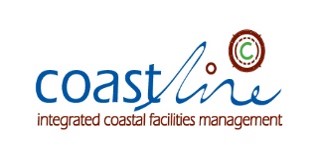
To make the most of your trip and to protect our natural environment please take care to:

You can play your part in fishing zones by ensuring you fish only at the designated areas marked here. These locations have been selected based on a range of attributes, including but not limited to ease of access to water, not identified as fish nurseries or designated protected areas, safe conditions, clean water quality, and depth of water.
Fishing Zone Detail – https://hse.brackets-tech.com/services/fishing-zone

The map included here shows preferred areas to enter/exit the water that have been assessed by HSE. When looking at other areas to safely enter/exit the water please consider the following factors:
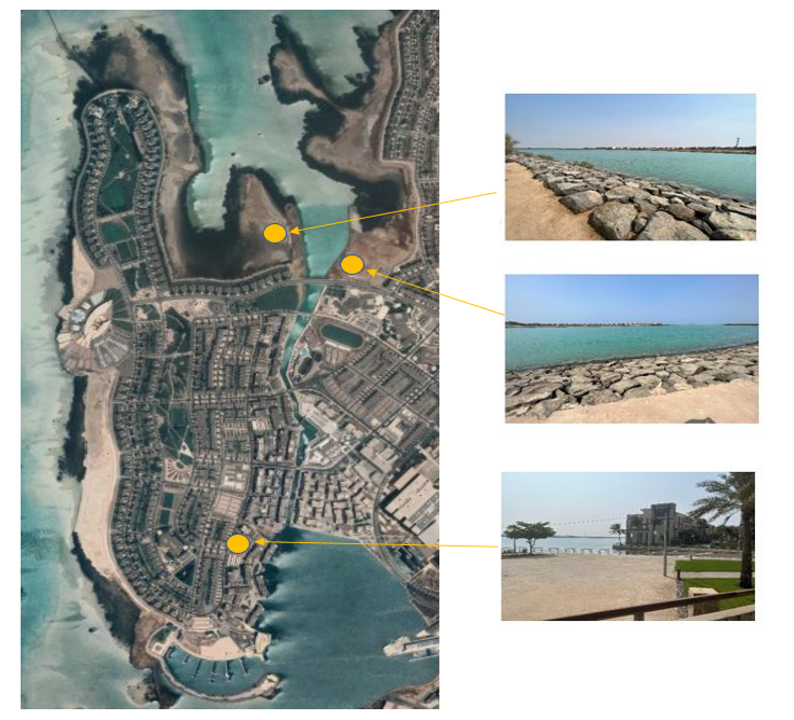
In the event of an emergency, it is vital that all kayakers are able to attract attention and pinpoint their location with communication that is simple, clear and effective. The recommended methods of communication during on-water activities are as follows:
Be aware of Reporting and Emergency procedures.
In case of emergency, dial 012 808 0911 from a mobile phone
Salute is the online system used by KAUST to report all hazards, accidents, near misses, and incidents to Health, Safety & Environment (HSE). The reporting must be done as soon as possible but not later than 24 hours.